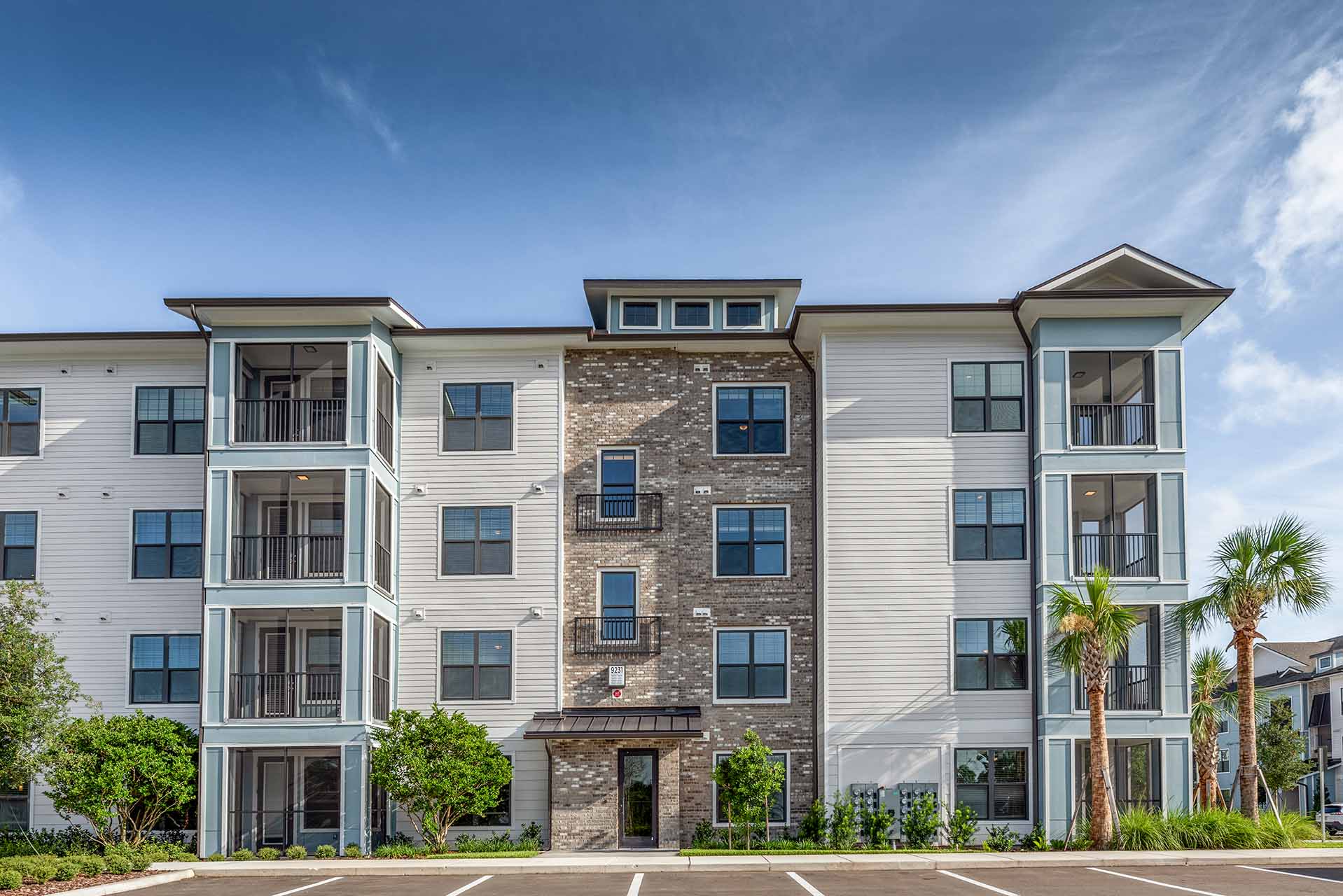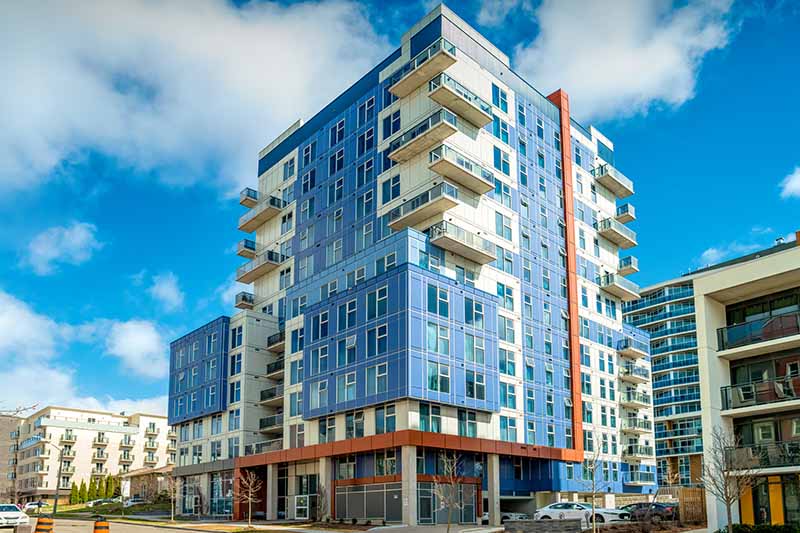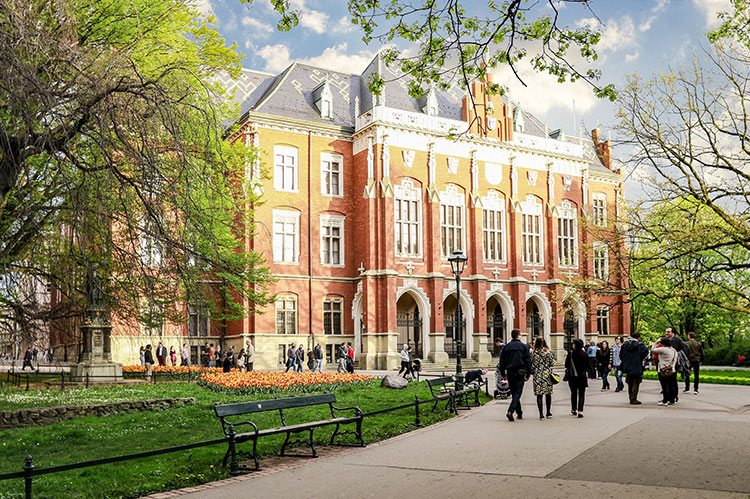Each year as summer draws to a close and fall sets in, many parents across the nation pack up the car and hit the road to take their son or daughter to college. Upon arrival, many incoming freshmen, and their parents, most likely are seeing their dorm or apartment for the first time.
This can be an overwhelming experience for some as students’ living expectations may or may not be met. Student housing has changed drastically since parents were in college in the 90s and early 2000s. There are several student housing options to choose from. Options could range from old on campus dorms with concrete masonry block walls and shared floor bathrooms and showers to an ultra-luxury resort studio apartment complete with infinity pools, pet spa, salon and other high-end amenities.
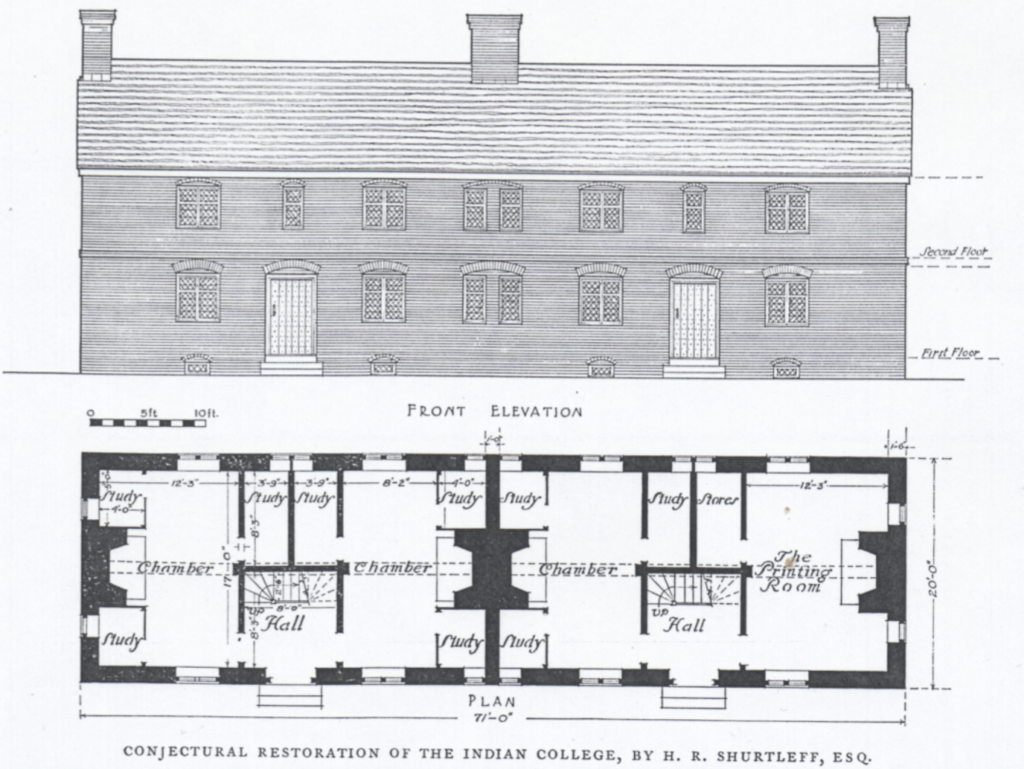
The first residence hall was constructed at the Indian College at Harvard University in 1650. As colleges were increasingly run by religious denominations, such as Protestants, the establishment of a residence hall quickly turned into a means of keeping university students in compliance with religious ideals and implementing moral standards.
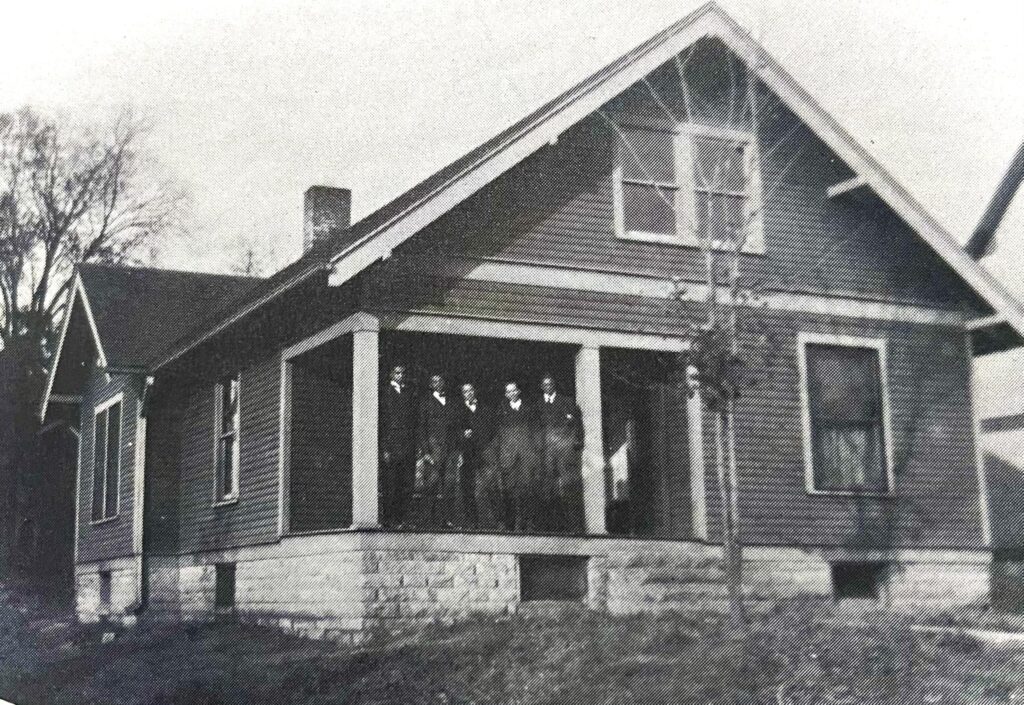
As residence halls became more ubiquitous, not all students agreed with the implication of moral standards and constrictive religious applications. This gave rise to Fraternity houses which were established in the mid nineteenth century. Greek organizations served a prominent role in directing college housing away from religious and moral practices and towards social interaction.
The evolution of on and off campus housing reveals the standards that were prominent in different time periods. For example, when more and more women started obtaining undergraduate degrees, universities started designing female dorms different from male’s. In order to rear women towards their suggested domestic lifestyle, their residence halls were designed like houses with large parlors, living areas and more in order to entertain and socialize.
Further, the women’s dorms were built safer than others as women were seen to need more protection. Another example can be found in the stark architectural differences seen before and after World War II. Prior to the War, colleges were building more courtyard-style student housing. After the War, colleges focused resources on modern high-rise architecture as it saved time and money.
Today’s student housing offerings vary greatly from its beginnings in 1650 and its several subsequent generations in the 18th, 19th and 20th centuries. With vast student housing options in each market, it is important to understand what is available in order to make an educated decision on which living situation is right for your student.
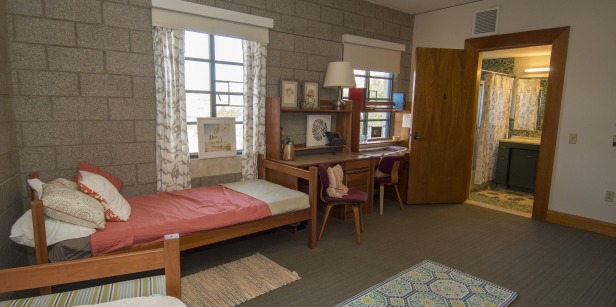
Campus Dorms
As the name suggests, Campus Dorms are generally on campus making college living easy for freshman and sophomores who may not have cars. While many colleges and universities have been upgrading Campus Dorms, some Dorms can be basic and older. Campus Dorms are great for students getting to know the school, meeting new friends and who have meal plans at the campus cafeteria.
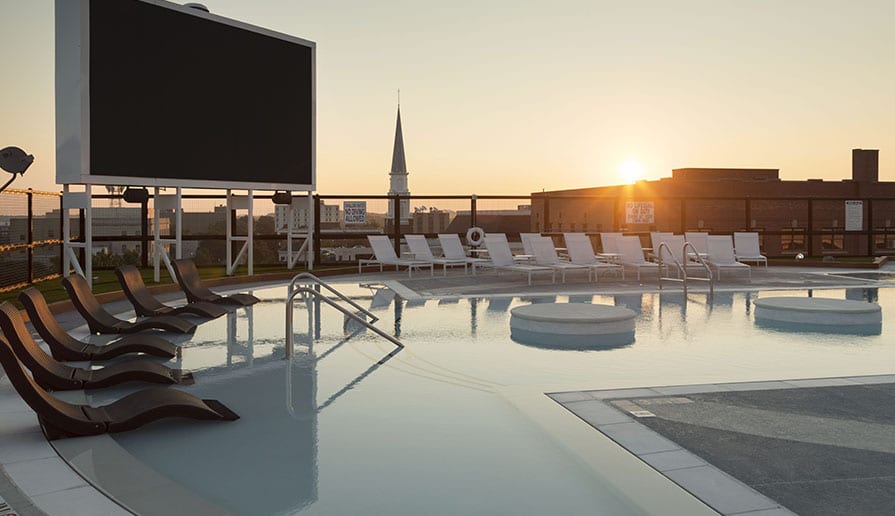
Purpose Built
Historically, if you didn’t live in the dorms, student housing options were houses, condos or apartments. Over the last few decades, new student housing developments have sprouted up nationwide offering improved living environments and bespoke amenities. Purpose-built student housing is specifically designed and constructed to cater to the needs and preferences of college or university students. These properties are not repurposed or converted from other types of housing but are built from the ground up with features that suit student lifestyles, such as individual bedrooms, common study areas and proximity to campus. Purpose built student housing started with the student in mind and enhances the student’s college experience.

Multifamily Housing
Multifamily housing refers to residential buildings or complexes that contain multiple separate housing units within a single structure or on a single property. These units can include apartments, condominiums, townhouses and other types of residences. Multifamily housing is not exclusive to students but can also cater to families, individuals or other groups.
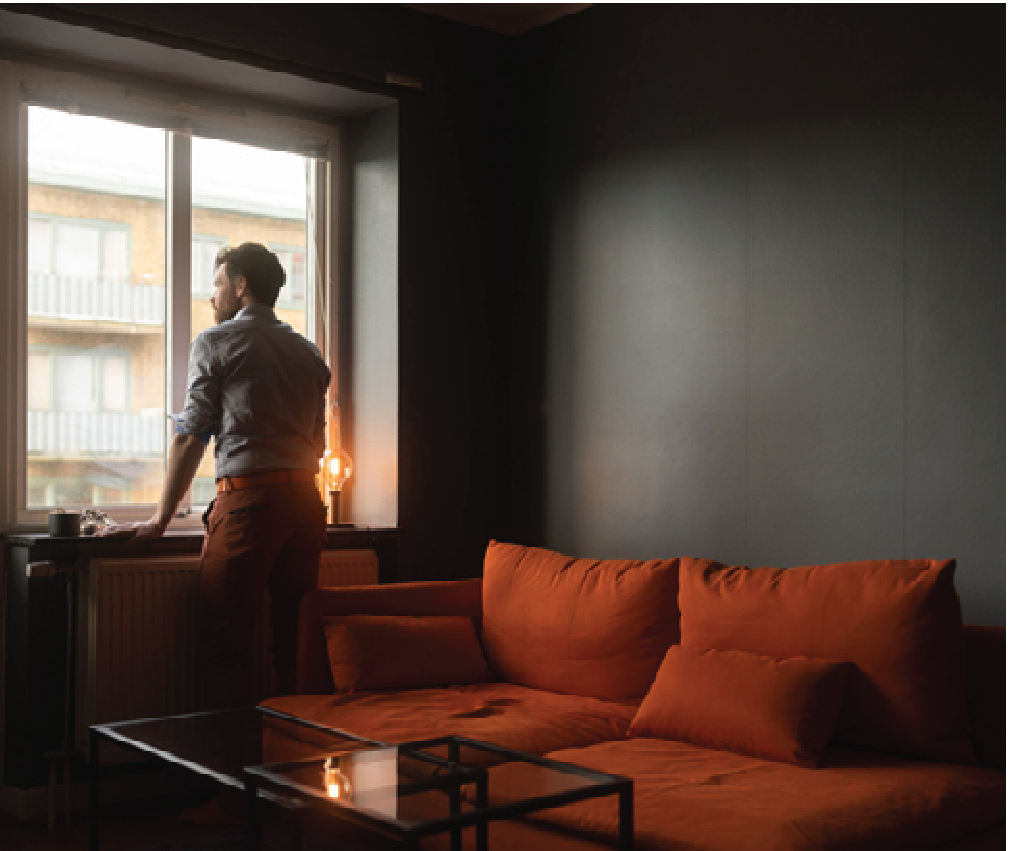
Shadow Market
The shadow market, also known as the informal or offcampus housing market, refers to housing options that are not officially managed or affiliated with a university or college. These can include rental properties, apartments, or shared accommodations that are available to students but are not regulated or endorsed by the educational institution. The shadow market can sometimes be less expensive than on campus options, but it may lack the security and convenience offered by purpose built student housing.
When determining college housing it is important to consider what type of housing fits your student’s lifestyle and weigh that with your budget. Fortunately, students today have a plethora of living options that today’s

